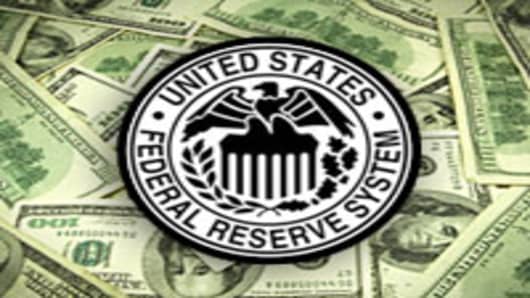Investors will be watching the move closely.
Nomura Securities’ Bob Janjua estimated earlier this week that QE2 has been responsible for 250 points of the S&P 500 rally since late August 2010. Pimco’s Bill Gross also attributes a chunk of the stock market gain to the Fed, putting the impact at 4,000 Dow points since it started intervening.
LaVorgna, Deutsche’s chief US economist, lays out his expected timeline:
As QE2 runs its course in June, the Fed at its June 21-22 meeting will announce that it will let its mortgage-backed securities run off its balance sheet and will not reinvest the proceeds in Treasurys, as it has been doing.
The Aug. 9 meeting will see a move toward reverse Treasury repos of about $500 billion that will allow the Fed to start unwinding its positions in government debt.
After the Sept. 20 meeting, the critical “extended period” phrase will be notoriously missing from the Fed statement, signaling that the QE end is near. The central bank has been including “unusually low for an extended period of time” in all its statements since the initial QE began.
Following the Nov. 2 meeting, the Open Market Committee will signal a tightening bias and will supplement the reverse repos with term deposits.
The Dec. 13 meeting will see the Fed raise rates on interest on reserves to 0.5 percentage point, a signal that the current rate structure is coming to an end, with the result being that the funds target rate will move from its current zero to 0.25 percent range to 0.25 to 0.50.
From there, LaVorgna expects a series of quarter-point rate hikes as the Fed will be forced to tighten to keep up with economic expansion and, presumably, inflation.
Even though rates will start rising, LaVorgna says, “policy will have considerable room to tighten before it approaches anything considered “normal”, let alone neutral.”
______________________________________________
Questions? Comments? Email us at NetNet@cnbc.com
Follow Jeff @ twitter.com/JeffCoxCNBCcom
Follow NetNet on Twitter @ twitter.com/CNBCnetnet
Facebook us @ www.facebook.com/NetNetCNBC



